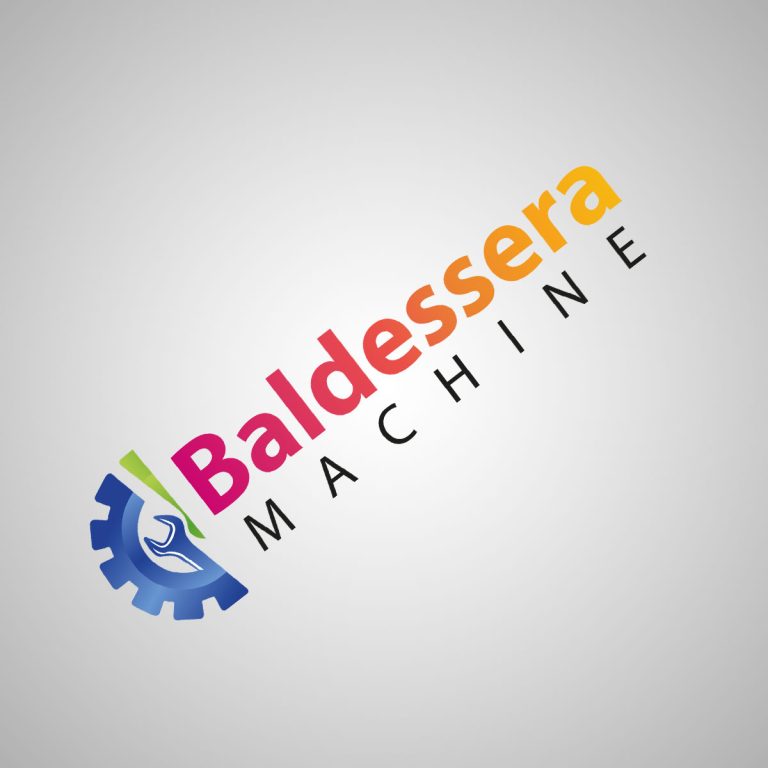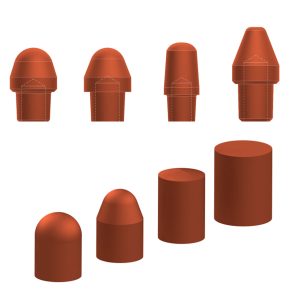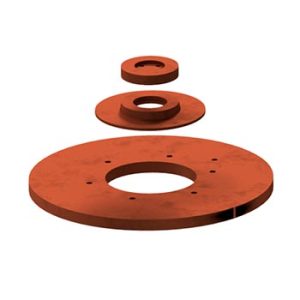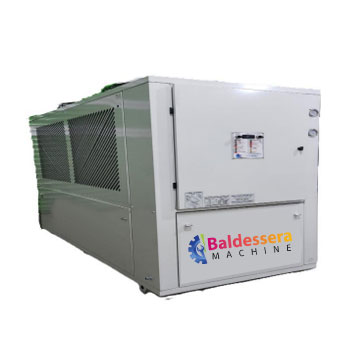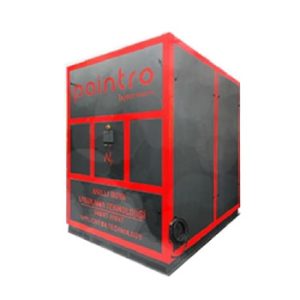Hermetic type piston compressors are used.
Direct expansion immersion type copper tube serpentine, shell&tube type evaporator or plate heat exchanger are used as water coolers.
A 2.5 bar pressurized water circulation pump that complies with the conditions of “Criteria 2” in the capacity table is integrated into the device.
The series includes a rubber-insulated stainless water tank as standard.
Liquid tank is used as standard in the series.
Except for the CT TI model, other models of the series have a manual filling cap and water level indicator instead of a water supply connection.
CT QU 3
A water cooler chiller is a device used to cool water in a water cooler or dispenser. It typically works by using a refrigeration system to lower the temperature of the water, ensuring that it remains cold and refreshing for drinking. These chillers are commonly used in offices, homes, and other places where access to cool drinking water is desired.
You can use a water cooler chiller in various settings where access to cold drinking water is needed. Here are some common places where water cooler chillers are frequently used:
Offices: Many workplaces have water coolers with chillers to provide employees with cold water throughout the day, promoting hydration and comfort.
Homes: Some households install water cooler chillers as part of their home water dispensing systems, ensuring that there’s always cold water available for drinking and cooking.
Schools and educational institutions: Water cooler chillers are often found in schools and universities to provide students and staff with cold drinking water.
Gyms and fitness centers: Hydration is crucial during exercise, so gyms often have water cooler chillers to provide cold water for their members.
Public spaces: Places like parks, community centers, and recreational facilities may have water cooler chillers available for public use.
Events and gatherings: Whether it’s a corporate event, a wedding, or a party, water cooler chillers can be rented or set up to ensure guests have access to cold water.
Overall, water cooler chillers can be used in any setting where there’s a need for convenient access to chilled drinking water.
Water cooler chillers offer several benefits:
Convenience: Water cooler chillers provide a convenient way to access cold drinking water instantly. Whether at home, in the office, or at a public space, having chilled water readily available encourages hydration without the need to wait for water to cool in the fridge.
Hydration: Cold water can be more refreshing and appealing, which may encourage people to drink more water and stay hydrated throughout the day. Adequate hydration has numerous health benefits, including improved concentration, better mood, and enhanced physical performance.
Cost-effectiveness: While there may be an initial investment in purchasing or renting a water cooler chiller, it can ultimately save money compared to buying bottled water. Using a water cooler chiller reduces the need for single-use plastic bottles, which can be expensive over time and have environmental consequences.
Environmental sustainability: By opting for a water cooler chiller instead of single-use plastic bottles, you can reduce plastic waste and minimize your environmental footprint. Many water cooler systems use refillable water jugs, which can be reused multiple times before recycling, reducing the amount of plastic waste generated.
Health and safety: Water cooler chillers often come with filtration systems that can remove impurities and improve the taste and quality of the water. This ensures that the water you drink is clean and safe, promoting better health and reducing the risk of consuming contaminants.
Community and workplace morale: Having a water cooler chiller in communal areas like offices or public spaces can foster a sense of community and encourage interaction among people. It provides a gathering point where people can socialize while staying hydrated.
Overall, water cooler chillers offer numerous benefits, including convenience, hydration, cost-effectiveness, environmental sustainability, and health and safety advantages.


